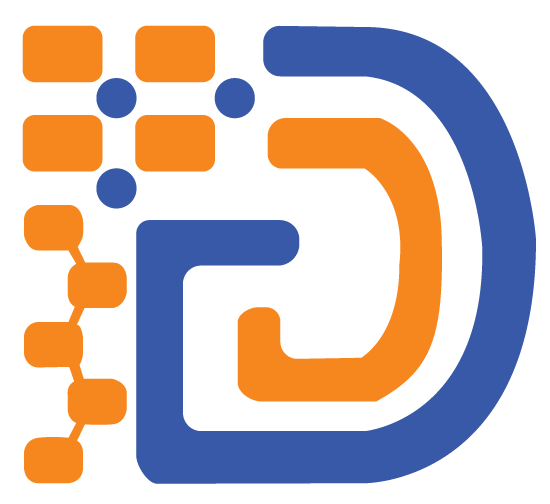Bitcoin, cryptocurrency, and blockchain are the future of money, so if you’re not familiar with them, you should be. This article will help you understand what they are and how they work. It’s long, but it will give you an extremely thorough understanding of everything involved in digital currency, so it’s well worth the read! Let’s dive right in…
What is Bitcoin?
Bitcoin is a digital currency that allows people to transact without the need for banks or other central authorities. The open-source protocol was developed in 2009 by an individual (or group) known as Satoshi Nakamoto. Bitcoins can be mined using computing power in a distributed network. Once mined, they can be traded online or exchanged for traditional currencies. As more and more miners compete to create new blocks of transactions, the difficulty of mining increases. It’s easy enough to mine bitcoins when there’s only one miner working on it. But if there are a thousand miners all trying to create new blocks at once, then you might have trouble finding enough bitcoin nodes with which to establish connections and get your share of newly created coins. To solve this problem, groups of bitcoin miners form pools so they can share rewards more evenly. The process of mining involves making guesses until you find a hash value that satisfies certain requirements. When someone finds a correct hash, they get 25 bitcoins. The guesswork involved in creating hashes makes them perfect for solving math problems – which means that the calculations can be used to verify the authenticity of any file with the extension .asc and produce proof-of-existence certificates, which are notarized documents showing how many times a document has been downloaded. For example, Factom is developing software that stores records such as land titles on their own blockchain rather than relying on third parties like banks or courts.
Who are the players in this industry?
– Bitcoin (BTC): Bitcoin is the first cryptocurrency to hit the digital market. Bitcoin had a difficult start, with its price dropping from $266 USD in 2013 to $150 USD in 2014. However, after stabilizing from 2015-2016 at around $250 per coin, Bitcoin saw a drastic increase in value throughout 2017. In January 2018, BTC hit an all-time high of over $19000 before retracing and settling at around $11800 today.
– Ethereum (ETH): Ether is the currency that powers the Ethereum blockchain. It can be traded as a commodity on cryptocurrency exchanges or used to pay for goods and services just like any other cryptocurrency or fiat currency. Like Bitcoin, it has seen some significant highs and lows. The current price is $810.
– Litecoin (LTC): Litecoin was created by former Google engineer Charles Lee in 2011, during the height of the crypto craze when hundreds of different cryptocurrencies were being released into the market. Like Bitcoin, it has seen some highs and lows in its short lifespan so far but remains one of the most valuable cryptocurrencies out there with a current value of around $200-$220. – Ripple (XRP): Created by payment system provider Ripple Labs in 2012, this cryptocurrency provides a real time settlement system and crypto bank alternative to SWIFT transactions. XRP currently trades at around $0.90 USD.
– NEM (XEM) (NEW!): Similar to Ripple, NEM’s goal is to provide banking solutions across borders and make transactions easier for people who don’t have access to traditional banking systems due to geographical location or government policies limiting access to services. They are currently trading at around $1 USD apiece. Bitcoins themselves are mined by solving mathematical puzzles, similar to those solved by Olympic gymnasts at the Summer Olympics. These puzzles require massive computing power, which makes mining bitcoins expensive and risky unless you invest heavily in hardware and electricity. Due to these risks, many miners join mining pools where they combine their resources in order to mine more bitcoins faster.
A mining pool will create a block every few minutes while mining solo might take hours or days depending on how powerful your computer is relative to others’. After successfully solving the mathematical puzzle required for each block, they broadcast their success to the network and collect their reward consisting of newly minted bitcoins plus all transaction fees included within that block.
The future of these technologies
The future of cryptocurrency is still a bit uncertain. There have been plenty of predictions about what could happen in the future. One prediction is that cryptocurrency will become more popular for transactions for goods and services. This can be attributed to the decreasing value of fiat currencies around the world. We’ll just have to wait and see if this prediction turns out to be true! In regards to blockchain technology, it’s possible it won’t catch on because it has a difficult learning curve. For those interested in getting involved with blockchain technology, there are many online courses available for free from organizations such as MIT or Coursera.
It’s also important to keep up-to-date with new technologies as they develop; you never know when you may come across your next opportunity!




